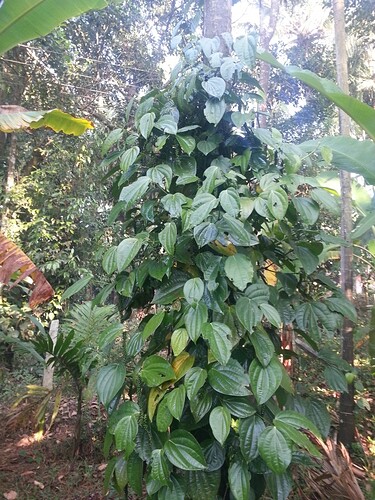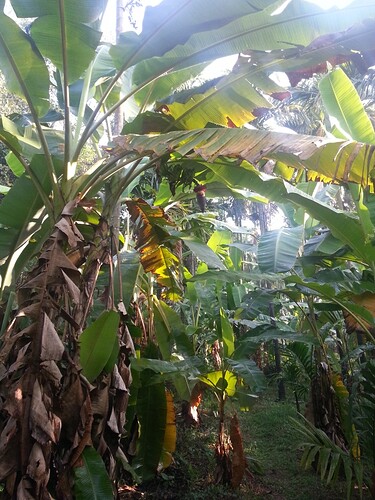Hi Mathew,
I am sorry if my note sounded a little disappointing, my intention was not to discourage people. Farming is definitely an emotionally and spiritually fulfilling profession if pursued in the right way. I have no regrets that I have lost money so far. I have full faith that the losses will be made good in the long run.
There are multiple reasons why I was unable to make money so far and the biggest reason is that I am an absentee farmer. I need a caretaker who gets a salary of 5,500 INR per month. That itself sets me back by INR 66,000 per year. I spend approximately INR 15,000 on other ad hoc labor, be it for weeding (using a weed cutter), manuring, planting and general up keep. I need another 10,000 INR for miscelleneous expenses (approx). So, overall, I spend approximately 90-91,000 INR a year as Operating Expenses. Any Capital Expenditures are extra - that would be infrastructure related, like fencing, well, tanks, machinery purchased, planting material, planting labor.
My current yield is the following:
- Areca - one acre in early yielding condition - I make about 25,000 a year in raw nuts
- Coconut - 2 acres (approx 100 trees) in badly maintained condition - something I inherited from the seller - about 1000-1200 cocunts a year - approx 10,000 INR
- Cashew - two acres of Cashew - weather not suitable, hence low yield - 2 quintals - approx 10,000-12,000 INR
- Paddy - two acres that I lease out to neighbors so that they can grow their food - they pay me 5,000 INR per year and about 25 kilos of rice.
- Remaining is wild - there were a few Acacia trees that I harvested last year for 50,000 INR. I have to replant next monsoon.
Overall, you can see that my income is 50,000 INR a year. I am now losing almost 40,000 INR a year on this plot.
I have planted local varieties of banana inside the areca plantation as a multicropping experimentation. It has now started yielding. We get whatever the monkeys decide to leave for us.  My caretaker tries to grow vegetables - Tomato, Knolkhol, Beans, Brinjal, Chillies, Coriander are some of the varieties we have tried. Again, we get whatever is left after the peacocks, rats and insects have had their fill (which is very little).
My caretaker tries to grow vegetables - Tomato, Knolkhol, Beans, Brinjal, Chillies, Coriander are some of the varieties we have tried. Again, we get whatever is left after the peacocks, rats and insects have had their fill (which is very little).
Both me and my caretaker are against usage of chemicals, so we are patiently waiting for a natural balance to be established. We have seen that the excessive rat population has led to an increase in rat snakes, which in turn has led to an increase in peacocks, now we have a King Cobra too.  Call me crazy, but I am mesmerized by the play of nature and I think that the money I am losing is course fees for what Mother Nature is teaching me.
Call me crazy, but I am mesmerized by the play of nature and I think that the money I am losing is course fees for what Mother Nature is teaching me.
Most of the money spent has gone into infrastructure improvement like fencing, digging a well, buying machinery to reduce dependence on manual labor, repair of a house within the farm so that my caretaker can stay there, purchase of a cow (for manure). This in turn has increased the value of my farm. I have buyers now who are ready to pay more than double of what I paid 2 years ago.
Hope this helps.
Cheers,
AK



